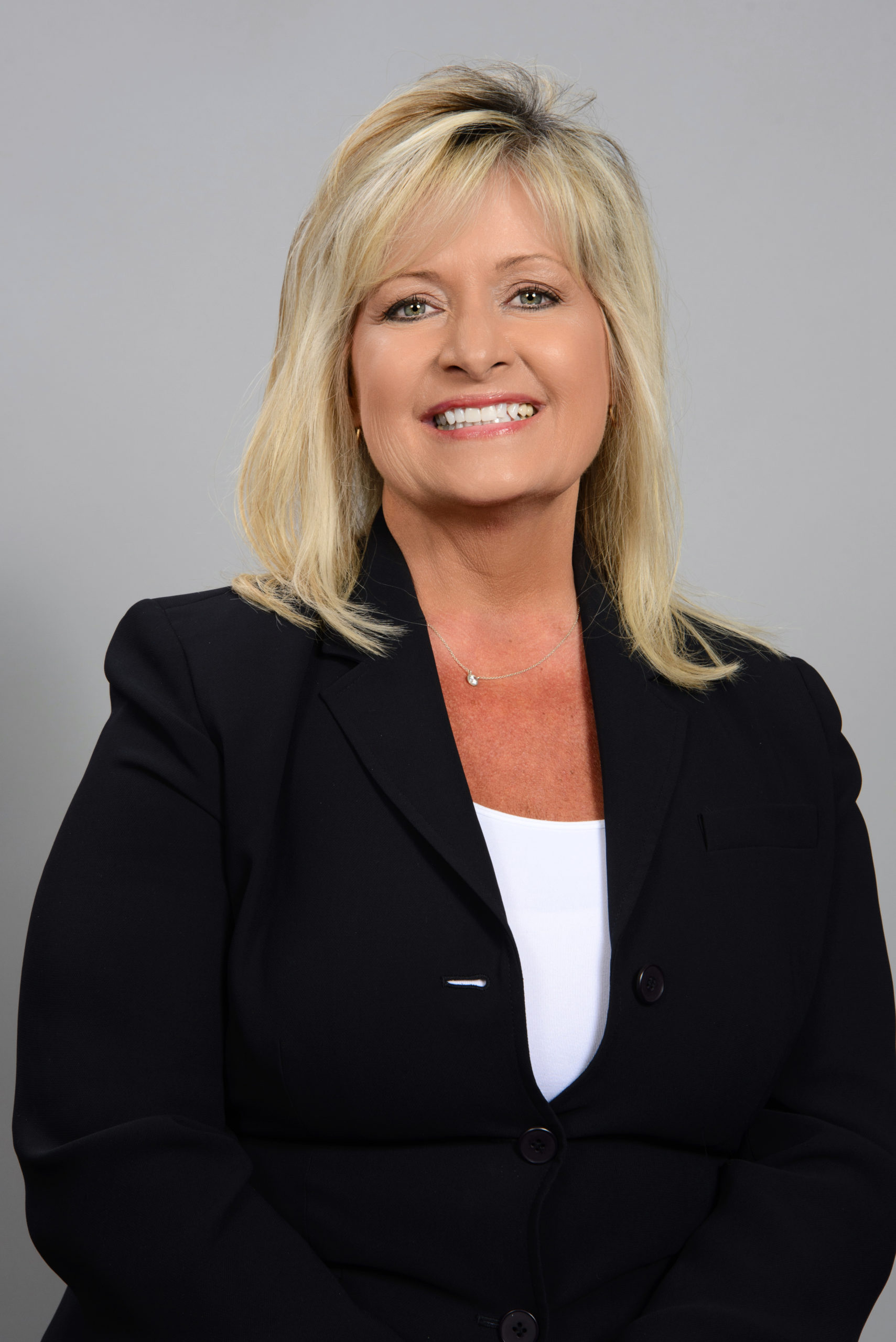You’re finally ready to set the date. You’ve got big plans to sell the home, buy that RV and travel across the country! You’ll be free to hit the open road in 12 months. But if you’re like many successful public risk managers, you have spent years building a valued and respected risk management program within your entity and you do not want to leave your “baby” in the hands of just anyone. How may an effective succession planning program help you?
Succession planning is a process that ensures your entity is prepared for the future and is able to achieve its goals without suffering a leadership shortage. Typically, the public sector has been behind the curve when it comes to its leadership training and development. The fact that the public sector faces the challenges of changing administrations, politics and priorities are all the more reason developing a strong, sustainable succession planning program is important.
Here is a brief guide to get you started:
- Create an organized, voluntary leadership development educational program for interested employees. Focus on building leadership skills and performance rather than planning for a replacement. You will then be able to establish an entire pool of would-be replacements. Leadership development planning won’t just help you build a future for employees you consider to be promotable, but it will also expose the employees who aren’t promotable.
- The employees with the highest potential will be those who are self-aware, socially aware and willing to keep learning. They’ll also be great problem-solvers, adaptable and able to take on more responsibility. Risk managers have to have great people skills and be able to multi-task gracefully. You have established important relationships with physicians, brokers, vendors and other internal managers. You want to see a smooth transition with your replacement.
- Include job shadowing in your succession planning program that enables participants to have a hands-on opportunity to see what a risk manager encounters on a daily basis.
- Make sure you have senior and line management buy-in. Remember to keep your legal team on board and to not subvert any personnel policies.
- Do not groom an “heir apparent” without giving consideration to participants in the program but do not assume your pool of candidates are only those program participants.
You may discover great leaders within your organization when you least expect it. Perhaps you took notice of a pandemic response committee member who always volunteered and did their homework for meetings.
The best succession plans are living, breathing things that get reviewed and refreshed on a regular basis. Your leadership training should reflect what will be required of your key employees not only today but in the future.
There are many ways you can go about succession planning. The best succession plan is the one that fits your entity. The best successor for you is the person who has been given the tools to learn how to be a great risk manager and allow you to say farewell knowing your department and your organization will be left in safe hands. You’ll be able to sleep well at night in that RV!
*The views and opinions expressed in the Public Risk Management Association (PRIMA) blogs are those of each respective author. The views and opinions do not necessarily reflect the official policy or position of PRIMA.*

By: Jani Jennings
Risk Manager, City of Bellevue, NE
Responsibilities
Jani is the risk manager for the City of Bellevue, Nebraska. She is an accomplished, results-driven leader with 20 years of experience in risk management. Jani was a director on the PRIMA Board from 2016-2018 and was PRIMA board president in 2019. She also served as a director on the IA/NE/SD PRIMA Chapter board from 2006-2014 and was president in 2012. From 2008-2011, Jani served as president of the Nebraska Self Insurer's Association. She is recognized for her expertise in risk management and has spoken at numerous professional gatherings.
Business Experience
Jani has extensive experience in city government risk management. Prior to heading a new risk management department in 2004, she was a specialist in human resources responsible for workers' compensation, safety and liability claims. Jani received her ARM (Associate in Risk Management) designation in 2014.
Professional Affiliations
PRIMA, IA/NE/SD PRIMA Chapter, Bellevue Chamber of Commerce
Education
Jani is a graduate of Patricia Stevens Business College in Omaha.



